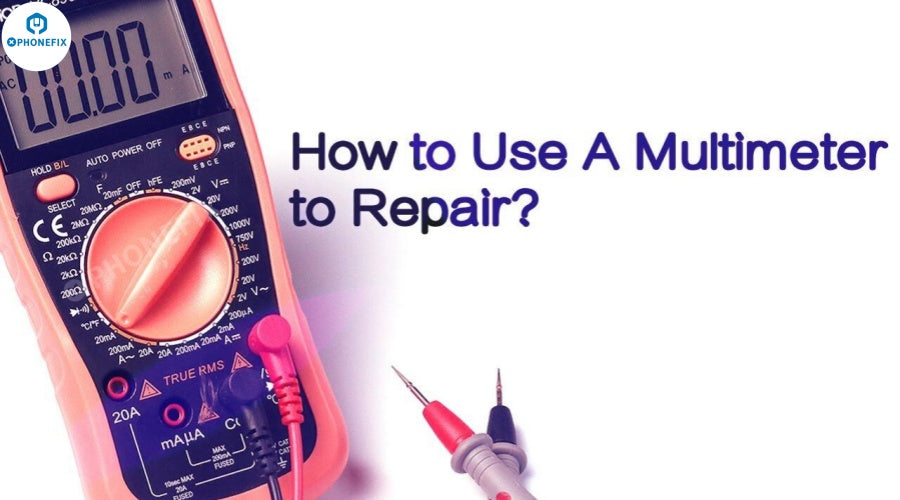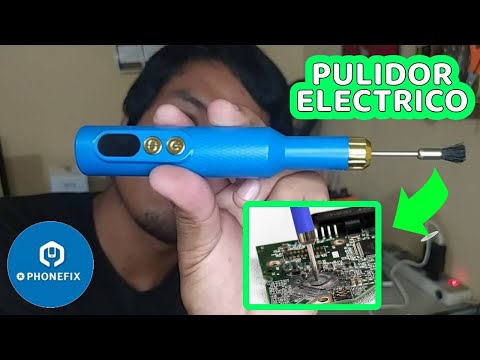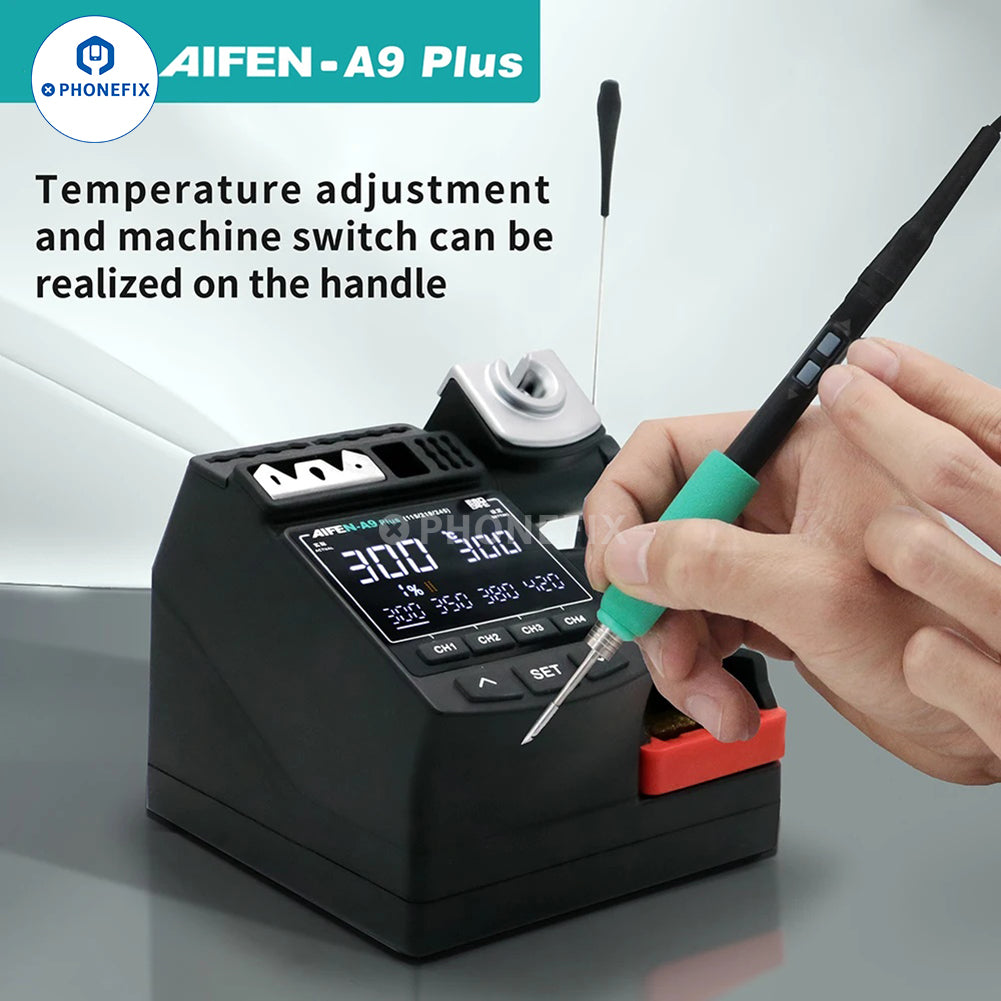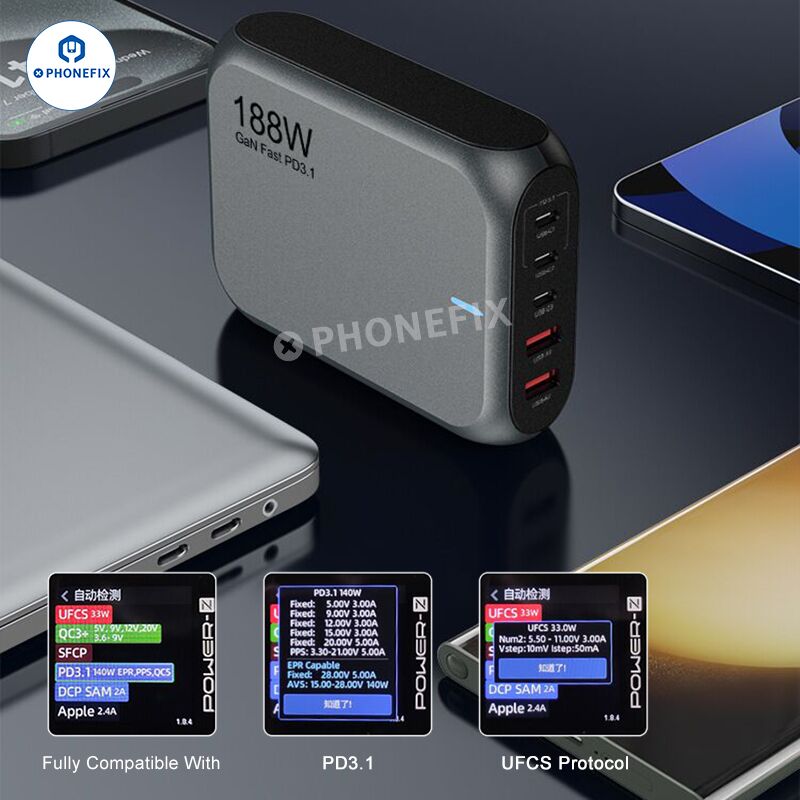
Types of Multimeters
- Analog Multimeters: These multimeters use a moving coil meter and a pointer to display readings on a scale. They are known for their simplicity and ability to measure fluctuations in readings. However, they require manual calibration and are prone to parallax errors.
- Digital Multimeters (DMM): These multimeters are more modern and widely used due to their accuracy and ease of use. They have an LCD display that directly displays the measured values, eliminating parallax errors. Digital multimeters can measure a variety of electrical parameters and often include additional features such as diode testing and continuity checks.
- Fluke Multimeter
- Clamp Multimeter
- Auto-ranging Multimeter
Each multimeter has its advantages and is suitable for different applications. There are two main types of multimeters used in mobile phone repair: digital and analog. Analog multimeters are less expensive but less accurate than digital multimeters, which offer greater accuracy and additional features.

Digital Multimeter
Basic Functions of a Digital Multimeter
1. Measure DC voltage, used to check the voltage of batteries, charging ports, and other components. Set the multimeter to the DC voltage setting, represented by a "V" with a line and three dots on it. Connect the red Test Probes to the positive terminal and the black probe to the negative terminal. It can also be used to measure AC voltage, but it is less common in mobile phone repair, where it can be used to check the power supply.2. Measure resistance, this feature helps check the resistance of components such as resistors and tracks on the motherboard.
3. Continuity test: Set the multimeter to continuity mode, usually represented by a diode symbol. A beep indicates that the circuit is complete.

Steps to use a multimeter safely
Connect the test leads: Plug the red probe into the VΩmA port and the black probe into the COM port.Set up the measurement: Select the appropriate voltage, resistance, or continuity test setting.
Voltage measurement: Connect the probes to the battery terminals or charging port and write down the readings.
Resistance measurement: Connect the probes to a component such as a resistor or rail.
Continuity test: Touch the probes to two points in a circuit; a beep indicates continuity.
How to Use a Multimeter - Measure Resistance, Capacitance, Amps and Continuity:
Common problems diagnosed using a multimeter
- iPhone Battery test: Measure voltage to determine if the battery is fully charged or needs to be replaced.
- Charging port diagnostics: Check the voltage at the charging port to diagnose charging problems.
- Motherboard troubleshooting: Use continuity and resistance measurements to find breaks or faulty components.
Safety tips and precautions
- Always inspect the test leads, connectors, and probes for any damage before use.
- Disconnect the test leads from any powered circuits before opening the multimeter case to avoid electric shock.
- By following these guidelines, you can effectively use a digital multimeter to accurately and safely diagnose and repair phone problems.
Hopefully, you will find the knowledge you need to know about using a multimeter in phone repair. For more information on multimeters, ask Phonefix Shop.












